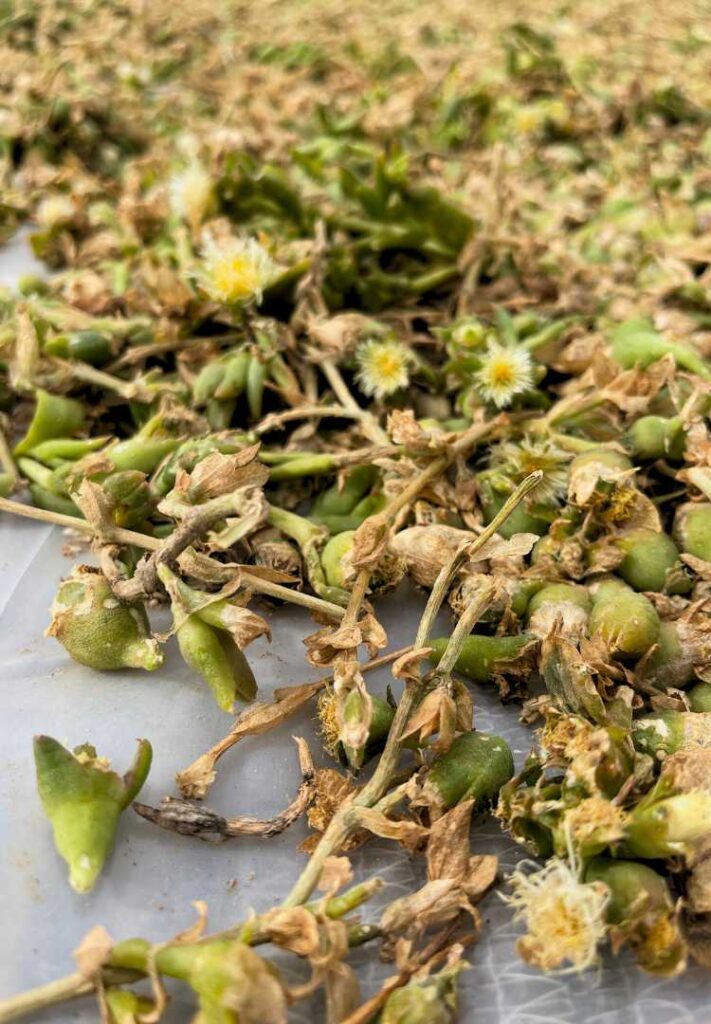Usage guide & Dosage Considerations
Sceletium is commonly consumed in various forms, including teas, tinctures, and capsules. Traditional methods involve chewing the fresh plant material or preparing it as a fermented powder. Dosage recommendations vary, and it is essential to follow guidelines provided by experienced herbalists or practitioners. As with any herbal remedy, consulting with a healthcare professional is advisable, especially for those with pre-existing medical conditions or taking other medications.
Dosage
NOTE:
Read Packaging to ensure the Alkaloid content of the product. The mg is not relevant if there is 0% alkaloids. An Alkaloid level of 0.8% and more is recommended.
Read Packaging to ensure the Alkaloid content of the product. The mg is not relevant if there is 0% alkaloids. An Alkaloid level of 0.8% and more is recommended.
Adult (Male)
150-250mg
Adult (Female)
100-150mg
Children (8-15)
80-100mg


